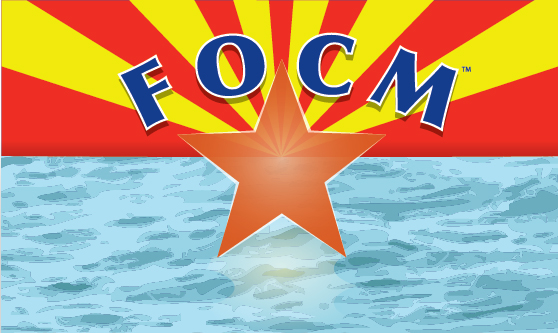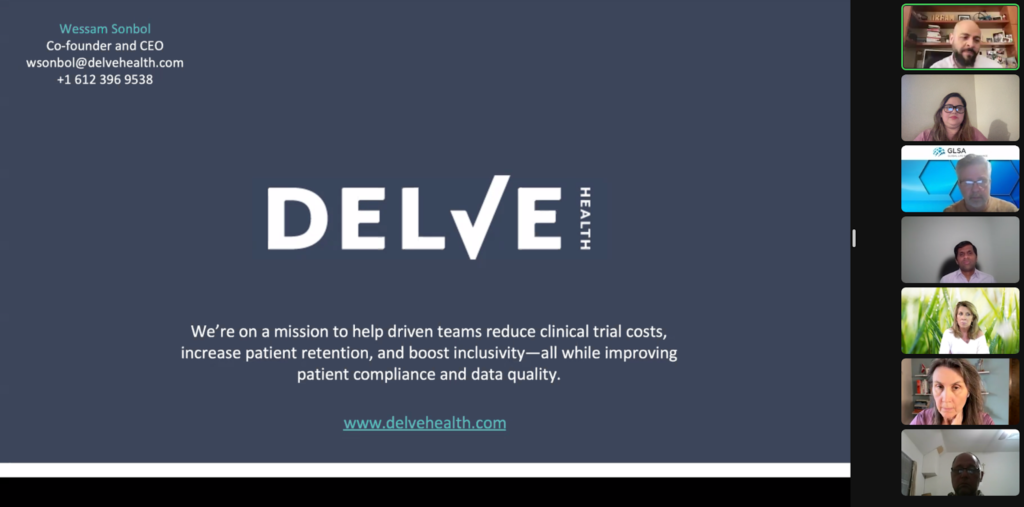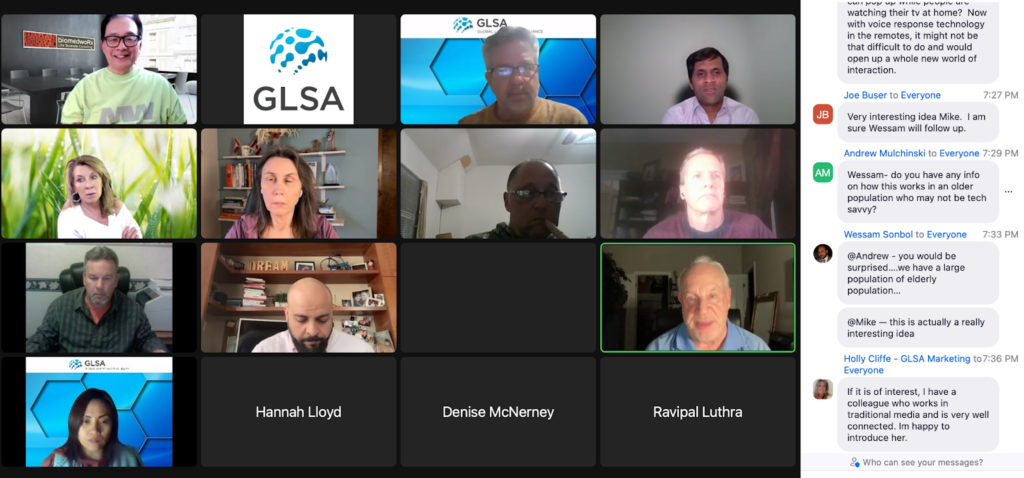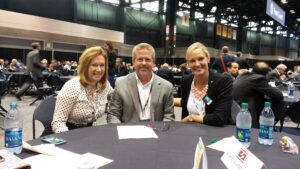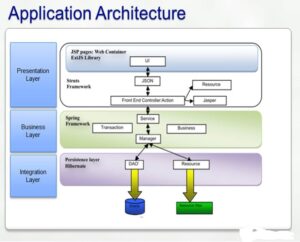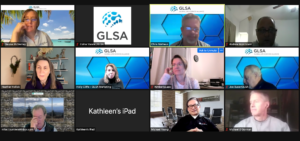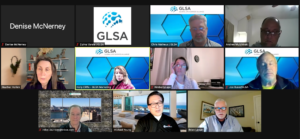A humorous look at men.
Men are simple creatures.Their last name stays put.
The garage is all theirs.
Wedding plans take care of themselves.
Chocolate is just another snack.
You can never be pregnant.
You can wear a white T-shirt to a water park. You can wear NO shirt to a waterpark.
Car mechanics tell you the truth.The world is your urinal. You never
have to drive to another gas station restroom because this one is just too icky.You don’t have to stop and think of which way to turn a nut on a bolt.Same work, more pay.Wrinkles add character.Wedding dress is $5000. Tux rental-$100. People never stare at your chest when you’re
talking to them.New shoes don’t cut, blister, or mangle your feet.
One mood all the time.Phone conversations are over in 30 seconds flat.You know stuff about tanks.
A five-day vacation requires only one suitcase. You can open all your own jars.
You get extra credit for the slightest act of thoughtfulness.If someone forgets to invite you, he or she can still be your friend.
Your underwear is $12.95 for a three-pack.Two pairs of shoes are more than enough.You are unable to see wrinkles in your clothes. The same hairstyle lasts for years, maybe
decades.You only have to shave your face and neck.
You can play with toys all your life.One wallet and one pair of shoes — one color for all seasons.You can wear shorts no matter how
your legs look.You can ‘do’ your nails with a pocket knife.You have freedom of choice concerning growing a mustache.You can do Christmas shopping for 25 relatives on December 24 in 25 minutes. No wonder men
are happier.NICKNAMES
� If Laura, Kate and Sarah go out for lunch, they will call each other
Laura, Kate and Sarah.
� If Mike, Dave and John go out, they will affectionately refer to
each other as Fat Boy, Bubba and Wildman.EATING OUT
� When the bill arrives, Mike, Dave and John will each throw in $20,
even though it’s only for $32.50. None of them will have anything
smaller and none will actually admit they want change back.
� When the girls get their bill, out come the pocket calculators.MONEY
� A man will pay $2 for a $1 item he needs.
� A woman will pay $1 for a $2 item that she doesn’t need but it’s on sale.BATHROOMS
� A man has six items in his bathroom: toothbrush and toothpaste,
shaving cream, razor, a bar of soap, and a towel.
� The average number of items in the typical woman’s bathroom is 337.
A man would not be able to identify more than 20 of these items.ARGUMENTS
� A woman has the last word in any argument.
� Anything a man says after that is the beginning of a new argument.FUTURE
� A woman worries about the future until she gets a husband.
� A man never worries about the future until he gets a wife.MARRIAGE
� A woman marries a man expecting he will change, but he doesn’t.
� A man marries a woman expecting that she won’t change, but she does.DRESSING UP
� A woman will dress up to go shopping, water the plants, empty the trash, answer the phone, read a book, and get the mail.
� A man will dress up for weddings and funerals.NATURAL
� Men wake up as good-looking as they went to bed.
� Women somehow deteriorate during the night.OFFSPRING
� Ah, children. A woman knows all about her children. She knows about
dentist appointments and romances, best friends, favorite foods,
secret fears and hopes and dreams.
� A man is vaguely aware of some short people living in the house.THOUGHT
FOR THE DAY
A married man should forget his mistakes. There’s no use in two people remembering the same thing!
